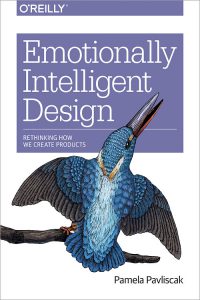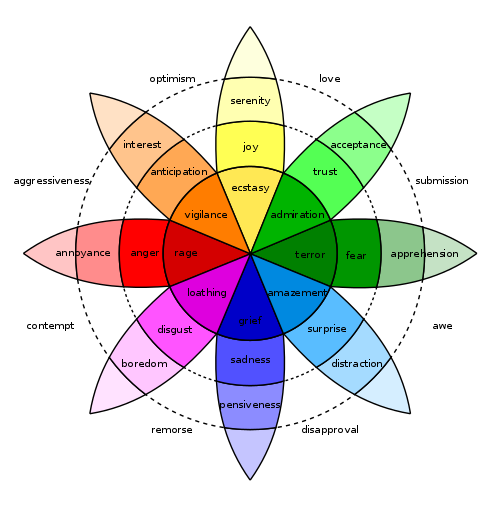
A review of:
Emotionally Intelligent Design
O’Reilly Media About this book by Pamela Pavliscak Book Website A good reference for UX theory Primary audience: Designers who are new to the topic Writing style: Matter of fact Text density: Mostly text 287 pages, 7 chapters Learn more about our book review guidelines [/greybox] It’s one thing to be emotional. It’s another to be emotionally intelligent. In her new book, Pamela Pavliscak points out the limitations of emotional design (as defined by Don Norman and others) and looks forward instead to a new discipline she calls “emotionally intelligent design.” Combined with artificial intelligence, this new design field might become the most important and challenging one out there before we even realize it. Currently, all of this is still a little fuzzy. Emotionally Intelligent Design: Rethinking How We Create Products does an excellent job of cataloging the tools that are out there now for reading emotion (called, collectively, “emotion AI”), reviewing the methods we can use to craft emotion, anticipating where all this might lead, and offering important things to think about before we all take this giant leap into the future. In fact, that last point is one of the strongest in the book. Pavliscak offers some excellent guidelines, such as using multiple forms of user input, being minimally invasive, getting informed consent, addressing legal implications, and planning for failure. Personally, I wish someone had done something similar for social media before it took off. Pavliscak puts emotionally intelligent design firmly within the Design Thinking tradition, going so far as to call her approach “design feeling.” Now, a lot of her recommendations are more along the lines of consciousness raising. At this point in the game, that may be just what is needed. There are also many great examples of ways to make things more concrete. For example, a very important idea when it comes to emotions is the ability to identify a number of different ones (and not just simply positive and negative). The book goes over several models, like the famous Plutchik’s wheel, to help you do so. Sentence completion is another excellent, very practical method – in this case, to get at emotions directly from your users. This could be accomplished, for example, with simple statements like, “When I use X, I feel _____” or “Working with Y is …”
Cliff Anderson is a senior usability engineer with Ally Bank. He has 30 years of experience doing usability testing on more than 3,000 users. He has presented at UXPA and has published in UPA Voice, Boxes & Arrows, User Experience, and Usability Interface. He has degrees from Duke University and Carnegie Mellon, and has been a guest lecturer at UNC, Clemson, Winthrop, and the University of Georgia. He also presents regularly for the Nielsen Norman Group.

